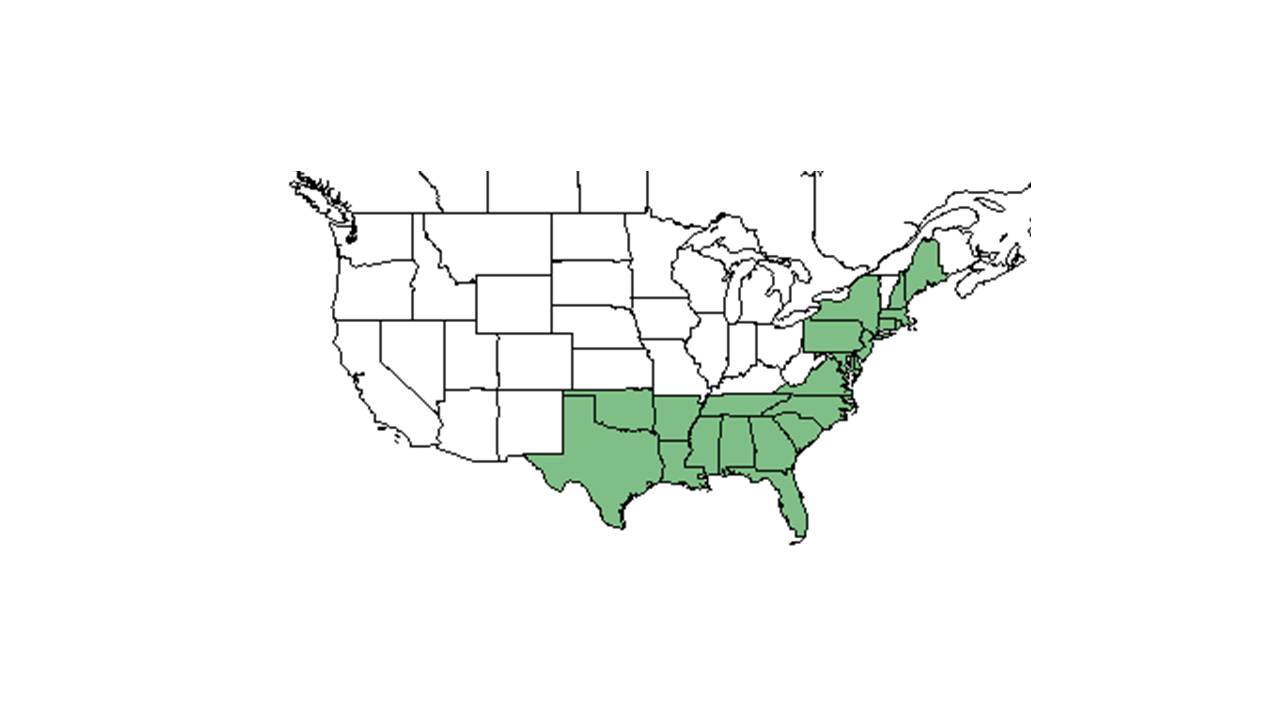Difference between revisions of "Cirsium horridulum"
(→Description) |
|||
| Line 24: | Line 24: | ||
==Ecology== | ==Ecology== | ||
===Habitat=== <!--Natural communities, human disturbed habitats, topography, hydrology, soils, light, fire regime requirements for removal of competition, etc.--> | ===Habitat=== <!--Natural communities, human disturbed habitats, topography, hydrology, soils, light, fire regime requirements for removal of competition, etc.--> | ||
| + | Has been found in pine-wiregrass woodlands, savannahs, pine-scrub oak woodlands, juniper-pine-palm woodlands, longleaf pine-turkey oak barrens, pine hills, cabbage palm hammocks, and along streams and marshes (FSU Herbarium). This species has also been observed in human disturbed habitats such as roadsides, weedy fields, waste grounds, ligand fields, flat spoil areas, shallow watered ditches, pine plantations, and frequently mowed areas (FSU Herbarium). Takes to the moister soil below longleaf pine-scrub oak forested sand hills and occurs in open light conditions in loamy sand or peat, loose sand, and drying loamy sand (FSU Herbarium). Usually inhabits moist open areas between either drier or wetter conditions and may be present in well-drained uplands and limestone substrate (FSU Herbarium). | ||
| + | |||
===Phenology=== <!--Timing off flowering, fruiting, seed dispersal, and environmental triggers. Cite PanFlora website if appropriate: http://www.gilnelson.com/PanFlora/ --> | ===Phenology=== <!--Timing off flowering, fruiting, seed dispersal, and environmental triggers. Cite PanFlora website if appropriate: http://www.gilnelson.com/PanFlora/ --> | ||
===Seed dispersal=== | ===Seed dispersal=== | ||
Revision as of 19:20, 9 July 2015
| Cirsium horridulum | |
|---|---|
Error creating thumbnail: Unable to save thumbnail to destination
| |
| photo by Gil Nelson | |
| Scientific classification | |
| Kingdom: | Plantae |
| Division: | Magnoliophyta - Flowering plants |
| Class: | Magnoliopsida – Dicotyledons |
| Order: | Asterales |
| Family: | Asteraceae ⁄ Compositae |
| Genus: | Cirsium |
| Species: | C. horridulum |
| Binomial name | |
| Cirsium horridulum Michx. | |

| |
| Natural range of Cirsium horridulum from USDA NRCS Plants Database. | |
Contents
Description
Common Name: yellow thistle
Distribution
Ecology
Habitat
Has been found in pine-wiregrass woodlands, savannahs, pine-scrub oak woodlands, juniper-pine-palm woodlands, longleaf pine-turkey oak barrens, pine hills, cabbage palm hammocks, and along streams and marshes (FSU Herbarium). This species has also been observed in human disturbed habitats such as roadsides, weedy fields, waste grounds, ligand fields, flat spoil areas, shallow watered ditches, pine plantations, and frequently mowed areas (FSU Herbarium). Takes to the moister soil below longleaf pine-scrub oak forested sand hills and occurs in open light conditions in loamy sand or peat, loose sand, and drying loamy sand (FSU Herbarium). Usually inhabits moist open areas between either drier or wetter conditions and may be present in well-drained uplands and limestone substrate (FSU Herbarium).
Phenology
Seed dispersal
Seed bank and germination
Fire ecology
Pollination
Mark Deyrup at Archbold Biological Station observed these Hymenoptera species on Cirsium horridulum
Apidae: Apis mellifera
Halictidae: Augochlorella gratiosa
Halictidae: Halictus poeyi
Halictidae: Lasioglossum nymphalis
Halictidae: Lasioglossum pectoralis
Megachilidae: Lithurgus gibbosus
Megachilidae: Megachile brevis pseudobrevis